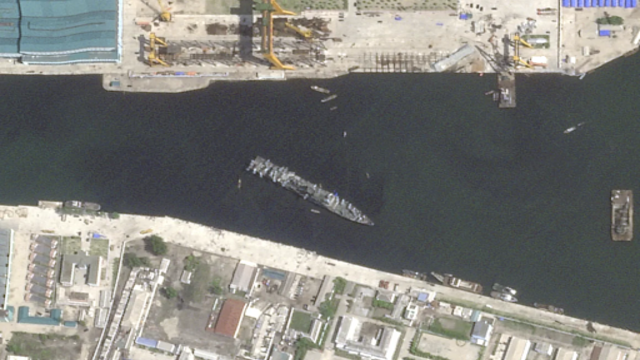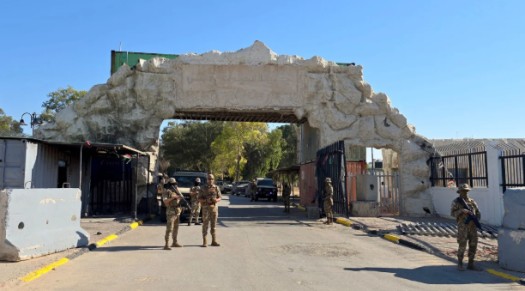
The Indian Army recently displayed the BrahMos missile system in New Delhi, a key element of India’s missile defense. This missile is a crucial part of the country’s conventional defense strategy.
On May 11, 2025, Defence Minister Rajnath Singh inaugurated a new BrahMos missile facility in Lucknow. This event also brought attention to the crucial role the BrahMos missile played in Operation Sindoor, especially after the deadly Pahalgam attack. India’s swift and powerful response to terrorist threats was highlighted during this event, where Singh praised the armed forces for their strong stance against terrorism.
Operation Sindoor and India’s Response
The BrahMos missile was a key player in Operation Sindoor, which followed a terrorist attack in Pahalgam that claimed 26 lives on April 22, 2025. Rajnath Singh highlighted that India’s message was clear: it would not tolerate terrorism and would take action when necessary. Singh compared the current operation to past actions, such as the Uri surgical strike and the Balakot airstrike, underlining India’s firm stance on responding to terrorist attacks. "India has shown the world how it can respond to terrorist attacks," Singh said.
What is BrahMos?
BrahMos is a supersonic cruise missile and is one of India’s most significant conventional missile systems. It is developed by BrahMos Aerospace, a joint venture between India’s DRDO and Russia’s NPO Mashinostroyeniya. The missile can be launched from submarines, ships, aircraft, and land. It has a range of up to 300 kilometers and can carry a warhead weighing between 200 and 300 kilograms. BrahMos can travel at a speed of 2.8 Mach, almost three times the speed of sound, making it difficult for defense systems to intercept. Its high accuracy and stealth technology make it highly effective, with a circular error probability of less than 1 meter.
Technological Features
The BrahMos missile operates on a "fire and forget" principle, allowing it to hit its target with minimal guidance after launch. Its supersonic speed and low-altitude approach make it hard to detect and intercept by enemy defense systems. The missile can cruise at an altitude of 15 kilometers and dive to as low as 10 meters when nearing its target. Experts claim that the BrahMos missile is nearly impossible to intercept, even by the most advanced defense systems in the world.
BrahMos in Combat
Operation Sindoor marked the first time BrahMos was used in a combat situation. The missile played a crucial role in targeting terror bases in Pakistan and Pakistan-occupied Kashmir (PoK). Reports from Pakistan confirmed the use of BrahMos missiles, triggering a retaliatory response under the country’s right to self-defense. The missile’s unmatched speed and accuracy gave India an edge in the operation, and Uttar Pradesh Chief Minister Yogi Adityanath even emphasized its power, claiming that the people of Pakistan could attest to its effectiveness.
New BrahMos Facility in Lucknow
The new BrahMos missile facility in Lucknow is a significant step in India’s defense manufacturing capabilities. Built with an investment of Rs 300 crores, the facility will produce the next-generation BrahMos missiles. It is part of the Uttar Pradesh Defence Industrial Corridor, aimed at enhancing defense production and creating jobs. The facility will manufacture up to 100 BrahMos missiles in its first year, with plans to produce missiles worth Rs 900 crores within the next 5-7 years. It is expected to generate 10,000 to 12,000 jobs, contributing to both defense and local employment.
BrahMos missiles continue to strengthen India’s defense capabilities, as seen during Operation Sindoor. The successful use of BrahMos highlights India’s commitment to modernizing its armed forces and developing self-reliant defense technologies. As more nations express interest in purchasing the missile, BrahMos will likely play an increasingly important role in securing India’s borders and maintaining regional stability.















